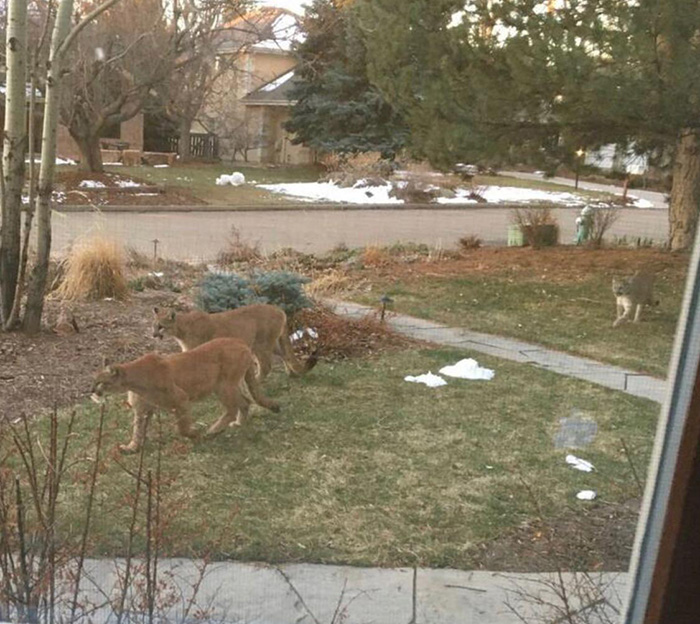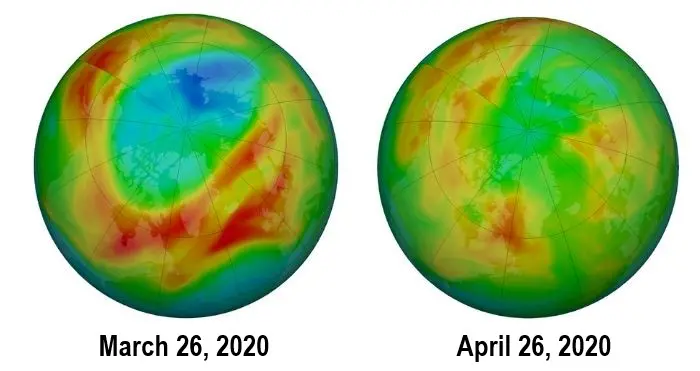We often hear people say that there’s a light at the end of the tunnel. Indeed, this saying comes in handy now more than ever as we look forward to the brighter days ahead of the pandemic. Thankfully, good news continues to persist in the midst of these difficult times. For one, we’ve seen how the pollution levels in Italy have dropped significantly in light of the lockdown. This time, scientists at NASA have spotted another remarkable improvement involving the ozone layer hole over the Arctic pole.
Back in February, scientists observed the largest gap ever recorded in the Arctic’s ozone layer. Based on NASA Ozone Watch’s daily reports, the gap has continuously stretched over the Northern Hemisphere until recently. Surprisingly, by April, it appeared that the gap has been slowly coming to an end.
Here’s a false-color view of total ozone over the Arctic pole observed on March 2nd, 2020
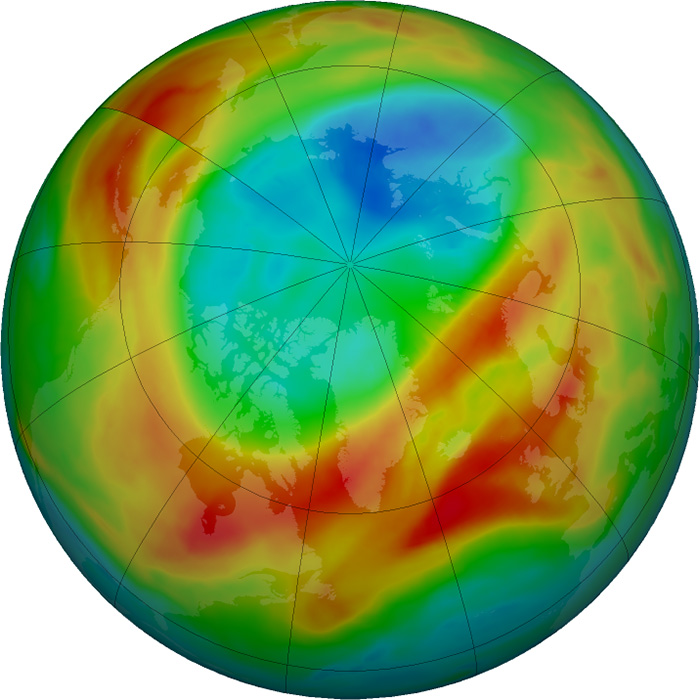
The colors purple and blue signify areas with least ozone, while the colors red and yellow denote areas with more ozone

In a view observed on March 26th, it appeared that the hole has been getting smaller by the day
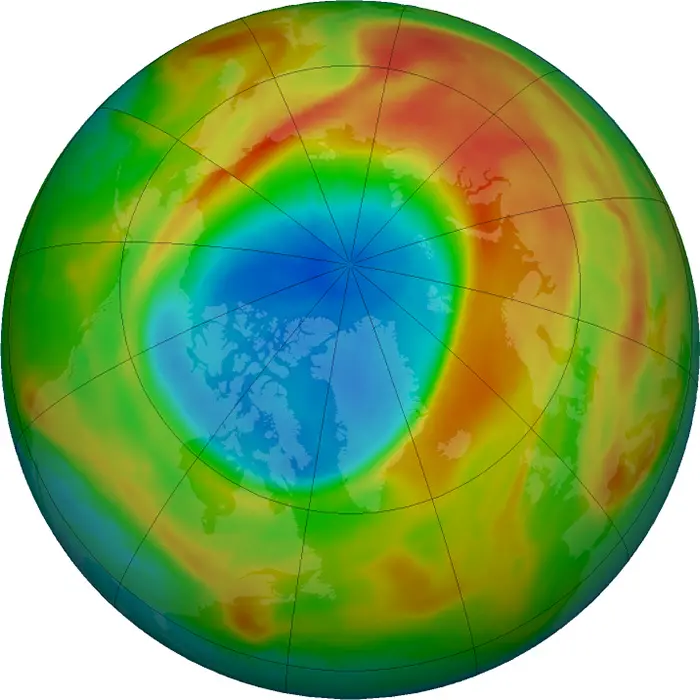
On April 26th, exactly a month later, the report showed that the ozone layer hole in the Northern Hemisphere has successfully closed
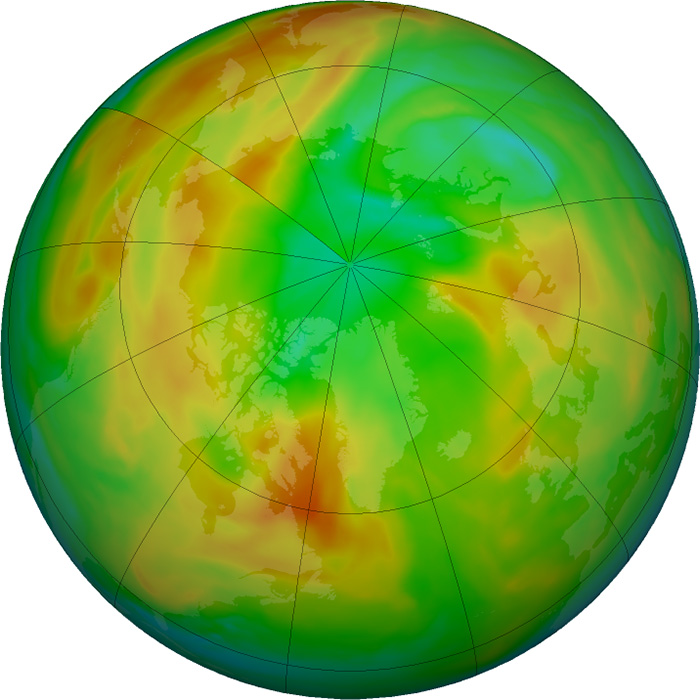
The unprecedented 2020 northern hemisphere #OzoneHole has come to an end. The #PolarVortex split, allowing #ozone-rich air into the Arctic, closely matching last week’s forecast from the #CopernicusAtmosphere Monitoring Service.
More on the NH Ozone hole??https://t.co/Nf6AfjaYRi pic.twitter.com/qVPu70ycn4
— Copernicus ECMWF (@CopernicusECMWF) April 23, 2020
Although it looks like the #PolarVortex has not quite come to an end yet and will reform in the next few days #ozone values will not got back to the very low levels seen earlier in April.
To follow its development watch the CAMS ozone forecast??https://t.co/318yQWUDH7
— Copernicus ECMWF (@CopernicusECMWF) April 23, 2020
While it’s easy to assume that such occurrence was a result of the lockdown-induced regulation of human activities… it’s actually not. It turns out that there’s a more natural cause behind the ozone layer’s healing this time around. Scientists from Copernicus Atmosphere Monitoring Service (CAMS) have attributed it to the weakening of the polar vortex in the region.
The polar vortex is a swirling mass of cold air that contributes to ozone depletion. Apparently, it has been “unusually strong and long-lived” lately, resulting in an unprecedented ozone hole in the Northern Hemisphere. However, since it’s essentially a winter phenomenon, it would eventually die down once the temperature rises again. Vortex breakup normally occurs late in March or early in April. But this can start as early as February and go on as late as May.
Copernicus ECMWF also provided additional information regarding the Ozone layer hole via its Twitter page
So while the earth has been on lockdown, the ozone healed itself but what’s going to happen when everything gets turned back on….? Hm?
— patricia shepard (@giizhigokwe01) April 26, 2020
This Arctic ozone hole actually has nothing to do with coronavirus-related lockdowns, but rather was caused by an unusually strong and long-lived polar vortex. This article explains what caused it in more detail: https://t.co/Nf6AfjaYRi
— Copernicus ECMWF (@CopernicusECMWF) April 26, 2020
Thank you for the info! You can’t deny the air and waters are cleaner though!!
— patricia shepard (@giizhigokwe01) April 29, 2020
Anytime! We are also tracking changes in air quality to do with coronavirus lockdowns. You can find some articles on what we’ve been working on for it here: https://t.co/uc225RPZKQ and explore some of our data here: https://t.co/W31t5lkIIp
— Copernicus ECMWF (@CopernicusECMWF) April 29, 2020
I know it ain’t because of corona virus and lockdown but this is literally the 1st good news i heard in 2020. But if that polar vortex was causing ozone layer depletion and it’s gone is there any chances it’ll come back and produce same effect or this healing is long
Lasting?— Rakhi Goel (@RakhiGoel2) April 27, 2020
Good question! This ozone hole was basically a symptom of the larger problem of ozone depletion, and closed because of local annual cycles, not long-term healing. But, there’s hope: the ozone layer is also healing, but slowly. This video explains it a bit: https://t.co/M3Zea6tGlm
— Copernicus ECMWF (@CopernicusECMWF) April 27, 2020
Sure, the weakening of the polar vortex is a natural occurrence that has nothing to do with human activities. Even so, scientists have concurred that the 1987 Montreal Protocol has been a significant step towards healing the ozone layer.
Watch this video to learn more about the ozone layer’s healing journey through the years
Although the closure of the ozone layer hole in the Arctic pole is not brought about by the pandemic-induced lockdown, we can’t deny the fact that it’s been bringing positive impact to nature
The water in Venice’s famous canals have once again become crystal clear
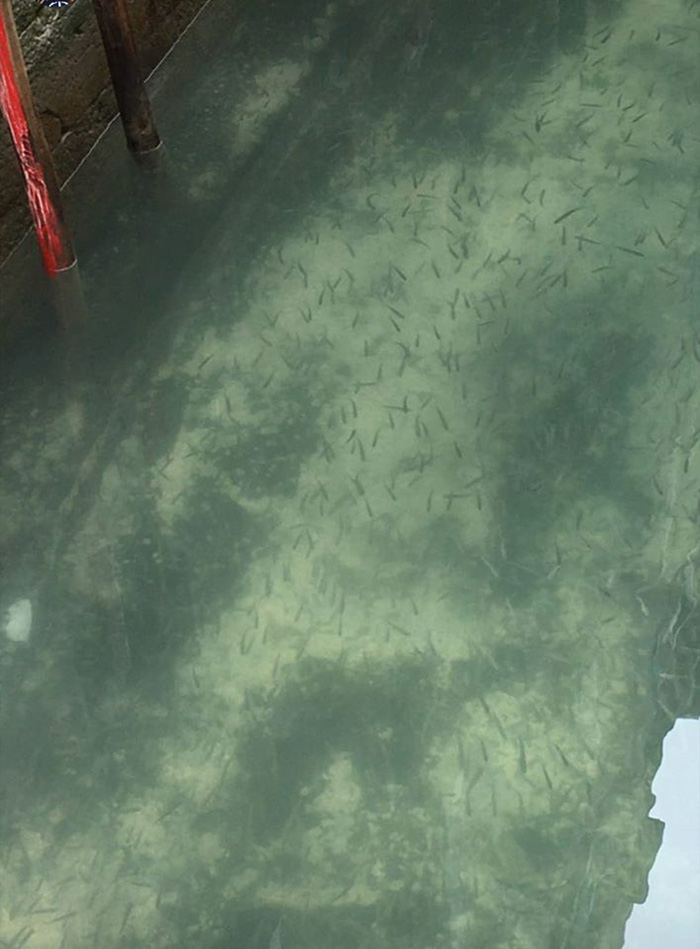
https://www.instagram.com/p/B-6ehDdJtrU/
Even animals have been spotted strolling the streets

